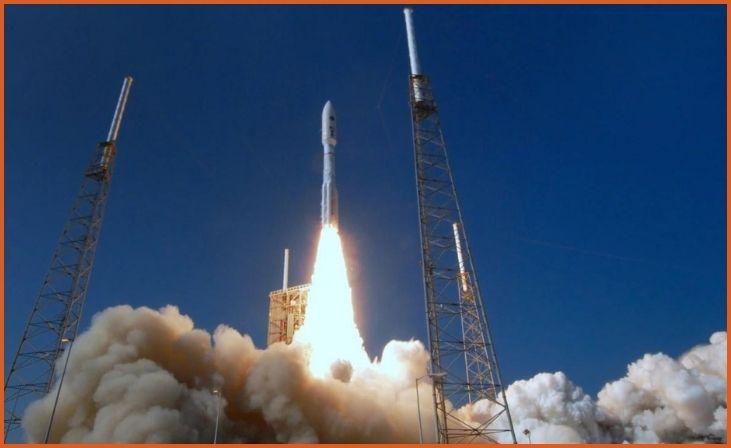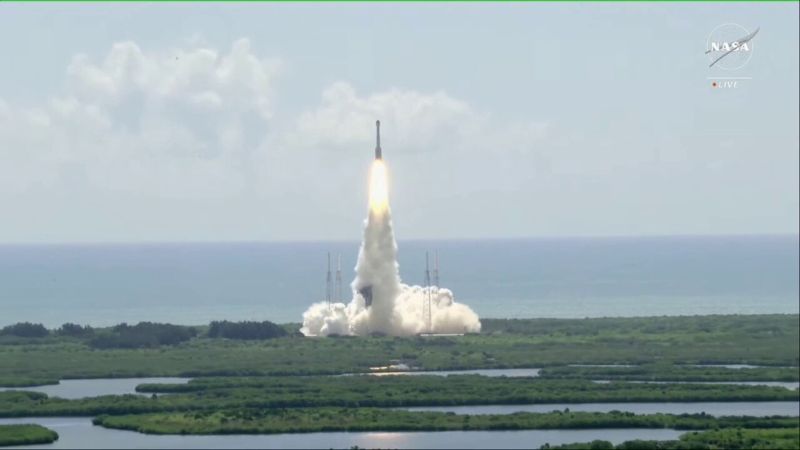The Boeing Starliner spacecraft has successfully completed its first piloted test flight by docking with the International Space Station (ISS) despite encountering several technical challenges. This milestone marks a significant achievement for the spacecraft, showcasing its capabilities and resilience in a complex mission.
Docking Achievement

The Starliner spacecraft, commanded by Barry “Butch” Wilmore and co-pilot Sunita Williams, achieved its docking with the ISS at 1:34 p.m. EDT, positioned 260 miles above the Indian Ocean. This automated docking procedure was closely monitored by the crew, who ensured that the spacecraft successfully connected with the space station.
Technical Challenges
Throughout the mission, the Starliner experienced multiple technical issues, including helium leaks and problems with its thrusters. Specific concerns included the closure of valves that affected the reaction control system (RCS) jets and OMAC thrusters. These issues required prompt attention and problem-solving by both ground teams and the onboard crew.
Post-Docking Celebrations
Following the successful docking, the Starliner’s crew was greeted warmly by the seven Expedition 71 members aboard the ISS. The arrival was marked by a celebratory atmosphere that included music and dancing, reflecting the positive reception of the new spacecraft.
Resolution of Issues

Despite encountering additional helium leaks and deselections of RCS jets, the crew and flight controllers managed to navigate through these problems effectively. Their successful resolution of the issues highlighted the spacecraft’s redundancy and its ability to handle unexpected challenges during the mission.
Future Inspections and Mitigations
Boeing plans to conduct thorough inspections of the spacecraft’s hardware to identify and address any issues before future flights. The problems encountered during this mission are regarded as minor and are expected to be resolved before the next mission to ensure the spacecraft’s reliability.
NASA and Boeing’s Assurance
NASA officials have assured that there is enough helium remaining for a safe return to Earth, addressing any concerns regarding the spacecraft’s ability to complete its mission. Boeing’s Mark Nappi described the encountered issues as routine for new spacecraft and expressed confidence in overcoming them for future missions.



